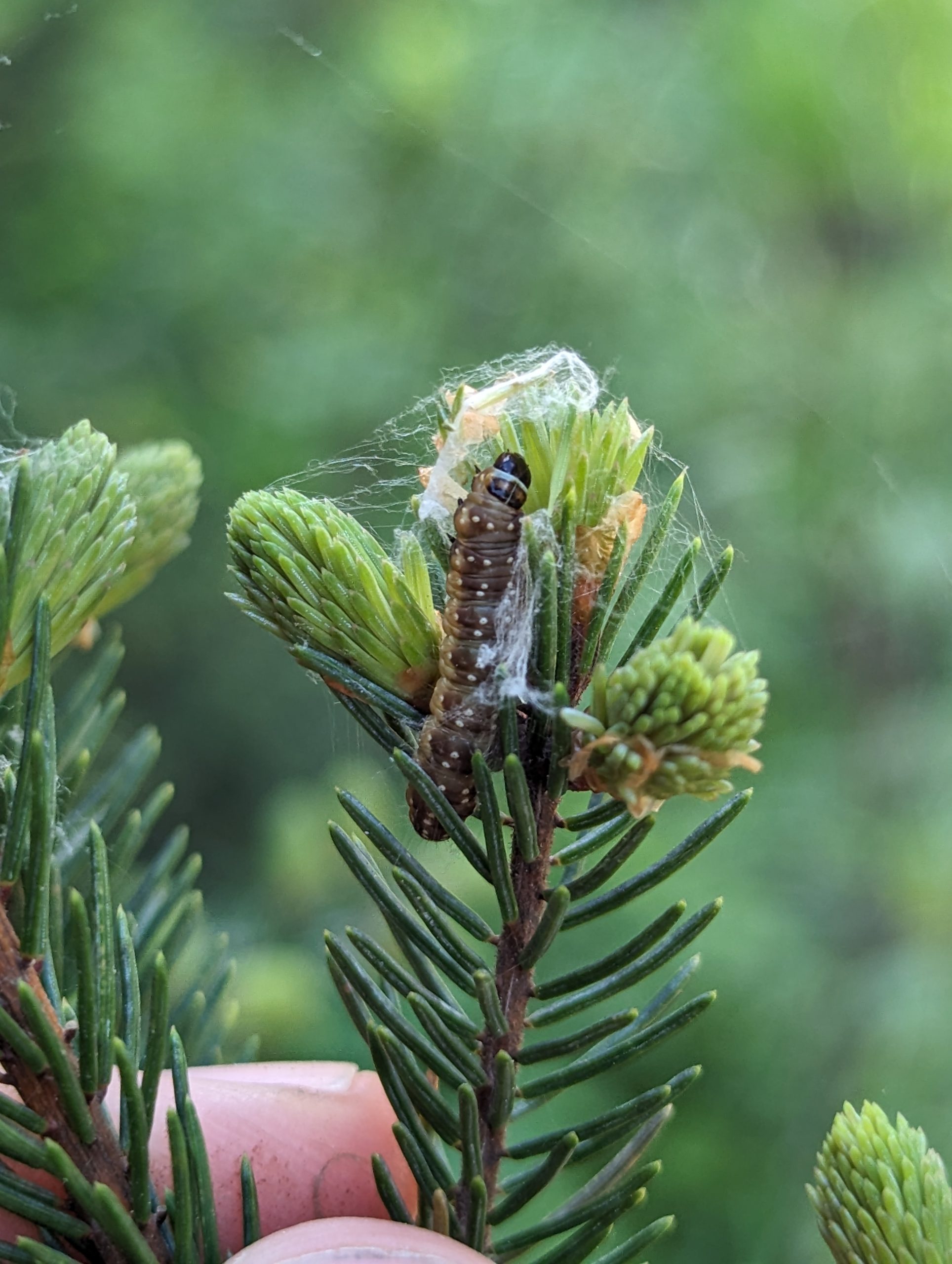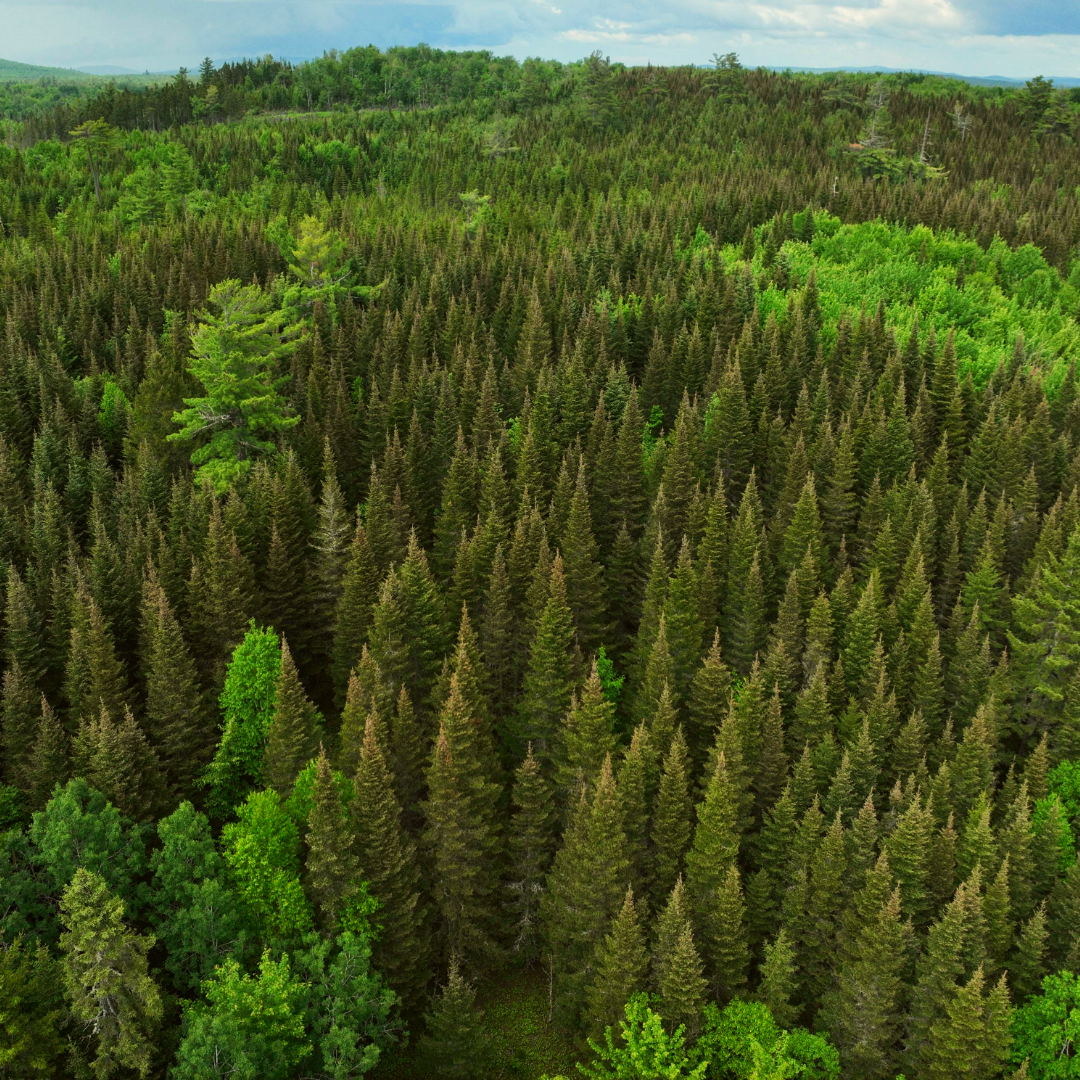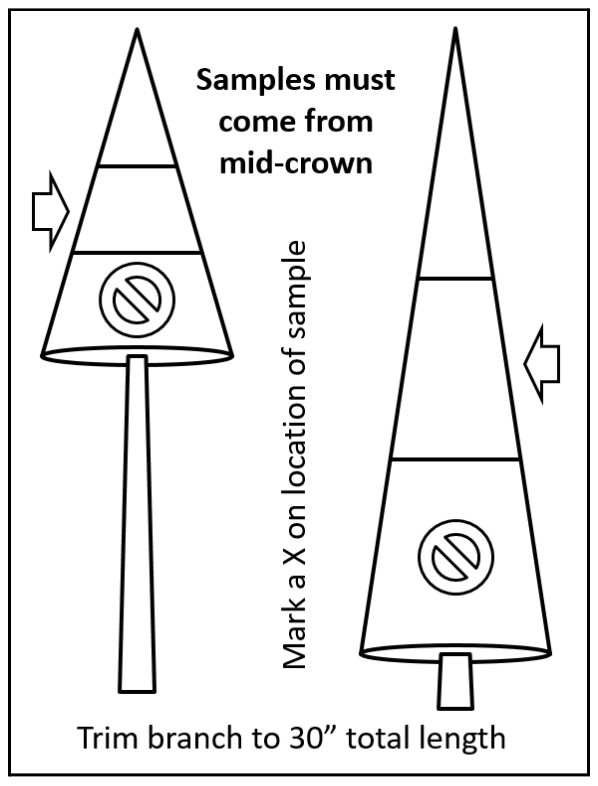UMaine Spruce Budworm Lab Map

Spruce budworm background
The Spruce budworm (Choristoneura fumiferana) is a native insect that can cause major damage to Maine’s spruce-fir forests. Spruce budworm (SBW) larvae feed on the buds and needles of fir and spruce. Usually, populations of this insect are so low that SBW is hard to find. Periodically, SBW undergoes a population outbreak and becomes so abundant that serious feeding damage occurs. During the last SBW outbreak, in the 1970s – 80s, more than 7 million acres of fir and spruce were killed in Maine and the forest products industry lost hundreds of millions of dollars1.
1. The Coming Spruce Budworm Outbreak, Initial Risk Assessment and Preparation & Response Recommendations for Maine’s Forest Community. Spruce Budworm Task Force Report, 2016.

The UMaine Spruce Budworm Lab provides population data for Maine’s forests
The UMaine Spruce Budworm Lab opened its doors in 2021 with support from the CFRU to monitor SBW populations. To predict SBW populations for the following year, tree branch samples are collected in the fall and submitted to the UMaine Spruce Budworm Lab. The Lab processes the branch samples and counts the overwintering stage of SBW, better known as an L2. L2 data is important for monitoring SBW activity and growing populations. Research has found that 7+ L2s per branch, per sample site, indicates that SBW populations have passed a threshold where natural enemies (parasites, pathogens, weather) can no longer keep populations low and stable.

UMaine Spruce Budworm Lab Map
L2 counts and models will be updated weekly as new samples are processed by the UMaine Spruce Budworm Lab. Any questions on the models should be directed to Neil Thompson, Professor of Applied Forestry at UMFK, neil.thompson@maine.edu. Additional layers are available for viewing parcel boundaries, 2023 data (Maine & Canada), and previous models. Click here to view the mapping application in a separate window. To get the most up-to-date population estimates, make sure you are viewing the most current layer.


